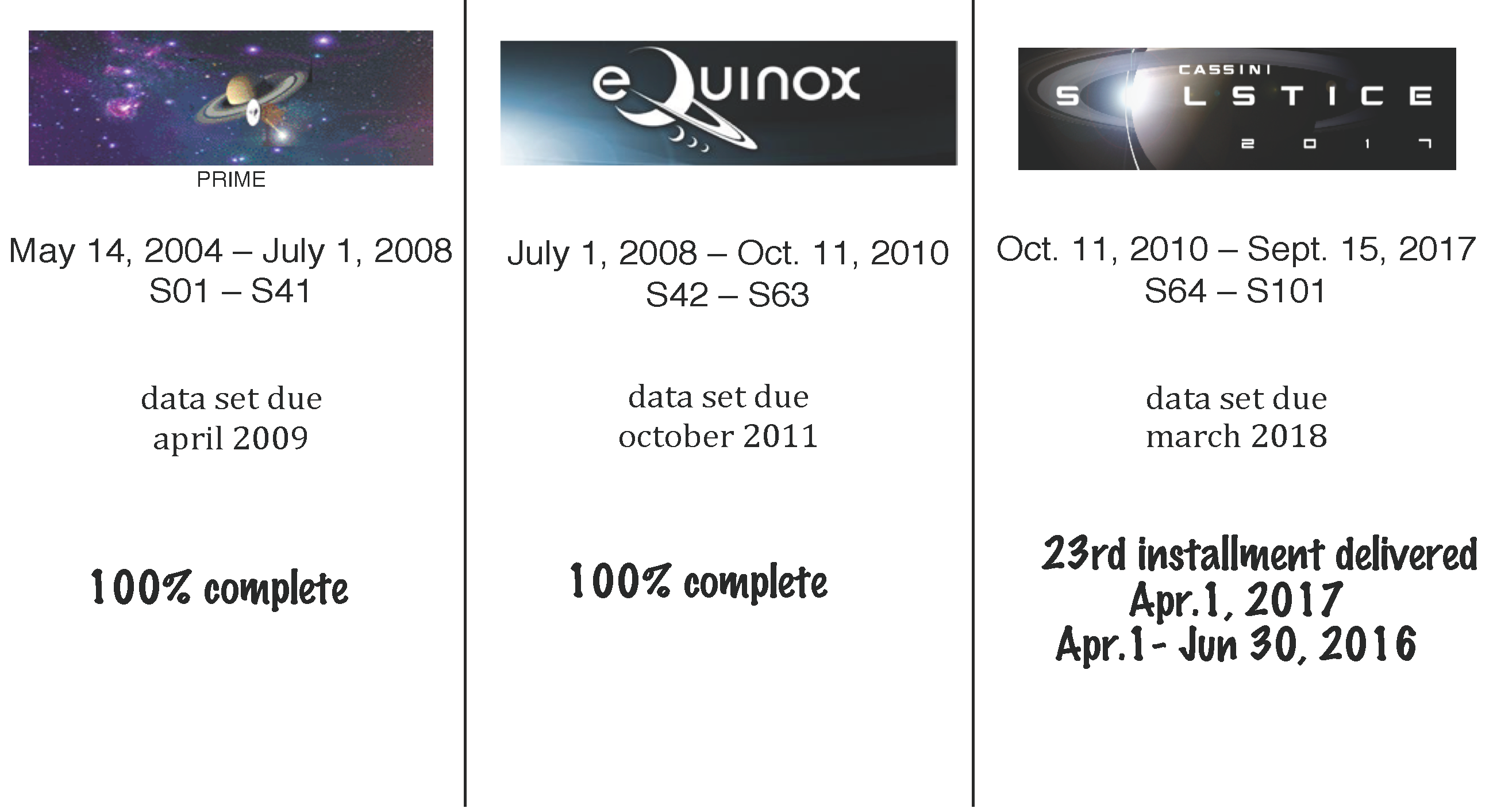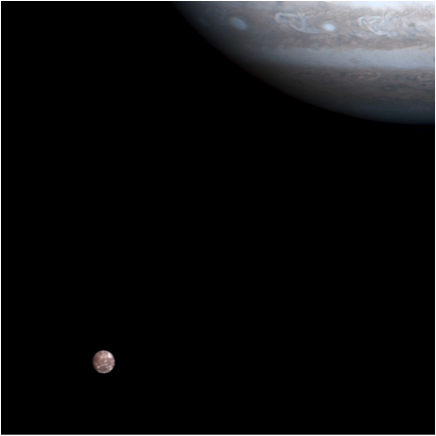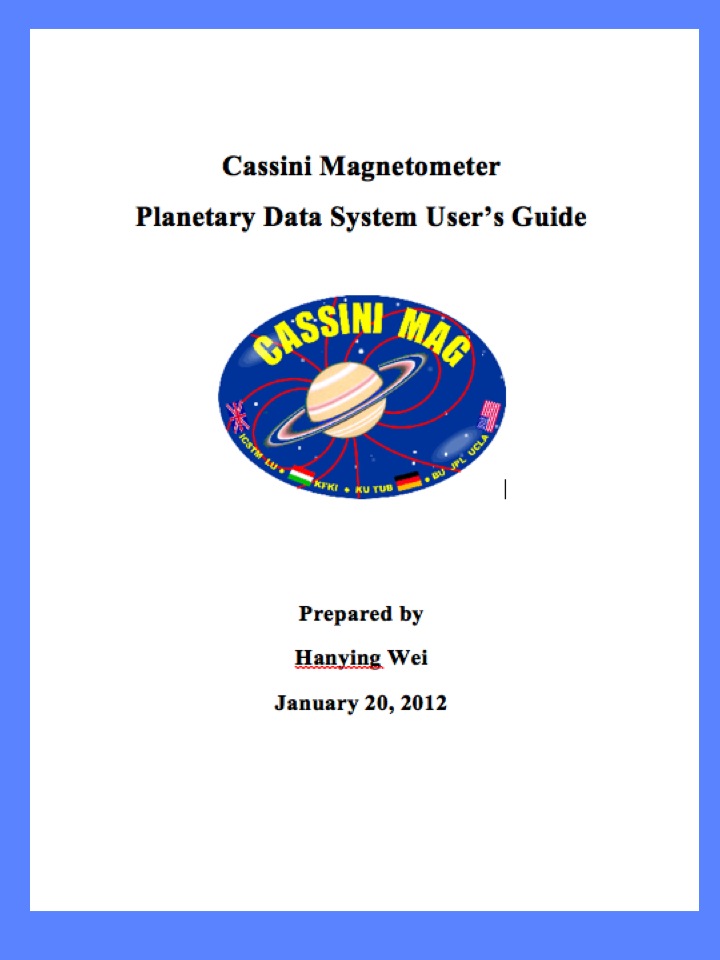

The Geochron Digital Atlas 4K as displays a full-featured Geochron World Clock on any 4K TV, with every mapset and lighting option available in our famous mechanical clock but at a fraction of the cost. ( How is this different from previous versions of Geochron Digital?) The size of your display is only limited by the size of your TV, as you take in the terrestrial movement of the Earth’s orbit in sync with the Sun.
Plasma moon atlas world map tv#
The Geochron Digital Atlas 4K gives viewers beautiful displays of the Earth with the sunrise-sunset rendered in real-time through a small computer that plugs directly in to your TV via HDMI. “Plasma and magnetic fields in the atmosphere of planets exist throughout the universe, so the findings suggest space hurricanes should be a widespread phenomena,” said Lockwood.A Worldview in 4K with Satellites, Weather, and Commercial Aviation Though space hurricanes don’t have the same kind of deadly impact that atmospheric cousins can, the influx of energetic particles such storms bring to the ionosphere could interfere with satellites, even affecting their orbits by creating more drag on them.Īnd because this particular storm popped up during a relatively quiet period of geomagnetic activity, the researchers say space hurricanes may be even more common than we thought. At the core of the system was a corkscrew-shaped magnetic field that funneled magnetic energy from space into Earth’s ionosphere - and it lasted eight hours before dissipating. This caused the surrounding plasma to begin flowing around the central spot of convection, forming “rain bands” of electrons that produced spiral auroral arms around a stable eye. But these conditions sometimes give rise to a spot of aurora near the poles, where electrons rain downward and electric current flows up, just like the convection at the heart of a hurricane. That means it doesn’t neatly connect to Earth’s magnetic field, which is also aligned northward - the field lines tend to repel each other, typically leading to calm space weather conditions. On that August day in 2014, the region of the Sun’s magnetic field around Earth happened to be aligned northward.

The Sun’s magnetic field has a wavy pattern as it stretches out into the solar system, meaning it can be aligned northward or southward depending on where Earth sits in it.

In space, though, that convective energy comes from above - thanks to the magnetic fields of the Earth and Sun interacting and shearing across one another. On Earth, that convective process occurs from below: heat from warm ocean waters drives evaporation and rising air, dumping energy into the atmosphere that gets focused by inrushing wind. Like their atmospheric counterparts, this space storm was instigated by an area of low pressure that gave rise to rapid convection. The moniker “space hurricane” isn’t just a catchy nickname - the physics of how it formed are actually analogous to how “normal” hurricanes gather and focus energy in the lower atmosphere. “Until now, it was uncertain that space plasma hurricanes even existed, so to prove this with such a striking observation is incredible,” said co-author Mike Lockwood of the University of Reading in a press release. But it was only recently uncovered in archival data by a team led by researchers at Shandong University in China. The phenomenon was captured in real-time by U.S. The solar wind was calm and slack, and the orientation of the Sun’s magnetic field was stable, not conducive to producing much space weather.īut then, hundreds of miles above the North Pole, the ionosphere suddenly whipped itself into a fury, spawning a massive space hurricane some 600 miles (1,000 kilometers) wide - a cyclone of plasma swirling above Earth for eight hours. The morning of Augwas a quiet one in Earth’s ionosphere.


 0 kommentar(er)
0 kommentar(er)
